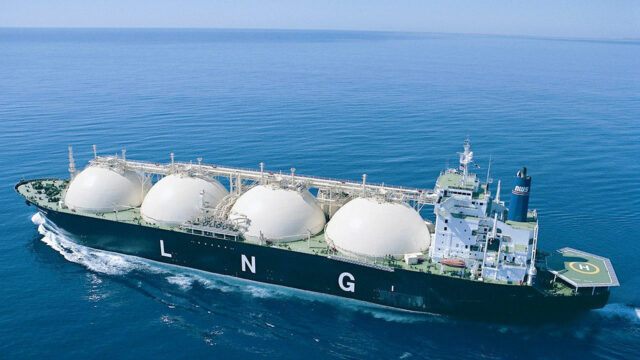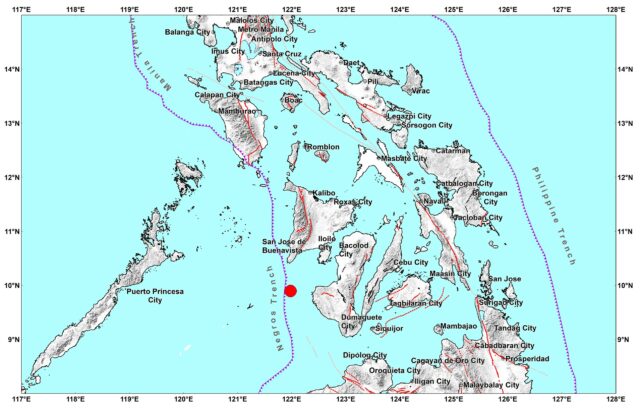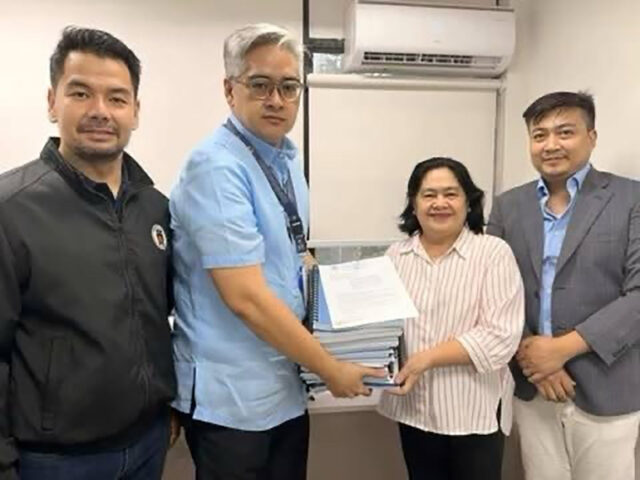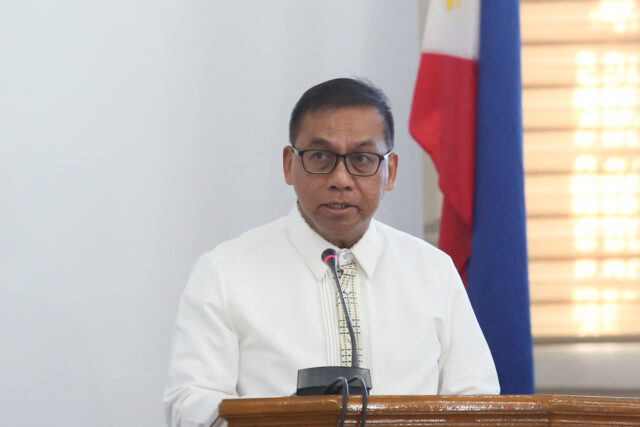Moringa: Your natural ally to long-term wellness
“Health is not just a blessing — it’s the foundation of everything else.”
This quote sounds true and relevant in today’s modern living. It’s a good reminder that we should invest in our health with healthy foods and essential supplements to boost immunity.
Speaking of healthy foods, Moringa, or locally known as Malunggay, is rich in essential vitamins and minerals like Vitamin C, Vitamin A, calcium, potassium, and iron. It also contains beta-carotene, protein, antioxidants, and natural anti-inflammatory compounds that help the body stay strong against illness. It is also known around the world as the “Miracle Tree” for its unmatched nutritional value.
Fortunately, there is Moringa VITA — a food supplement that provides concentrated nutrition in a simple and convenient form. There are no fillers, no shortcuts — only pure Malunggay, carefully prepared to preserve its potency.
Marklene Fabricate Corp. Plant Manager Helen Grace Nebril and health expert Isabel Nieto discussed the health benefits of Moringa during the product presentation, which was attended by select media and mom influencers, held at a cafe in Quezon City, recently. Rhodesian Sales Corp. executives Don Jansen Dy and Chester Dy graced the event.

“We have food supplement certification to prove our claims,” Ms. Nebril said. She further explained the process of turning Malunggay leaves into a safe, essential supplement to boost immunity making it the best available health insurance for Filipinos. Moringa VITA was created with one clear goal: to make malunggay easier to take every day.
According to Ms. Nebril, it was the first time they held a presscon for the brand. But the food supplement has been in the market since 2016. They have been active doing product presentations in schools and hospitals in the past.
Aside from the food supplement, there is Moringa VITA Coffee Mix for those who prefer to drink their wellness. The coffee mix infuses robusta coffee with Malunggay, combining energy and nourishment in every cup. It’s a way to enjoy a familiar daily habit, but with added benefits for health and immunity.
“You have to choose coffee that is healthy,” quipped Ms. Nieto, explaining that coffee is a triggering factor for acid reflux. That’s why she vouched for Moringa VITA Coffee Mix because it has a low sugar level with its natural sweetener Stevia.

Based on research, Malunggay can support lactating mothers as a natural galactagogue, aiding in breastmilk production. It has properties that may help reduce inflammation, support recovery, and even shows potential in cancer prevention. With this wide range of benefits, malunggay is not just a vegetable on the dining table — it is a natural ally for long-term wellness.
Proudly made in the Philippines, it is designed for the everyday needs of Filipinos — for the busy professional rushing to work, the lactating mother caring for her baby, or anyone who simply wants to stay healthy and energized. At its heart is the belief that immunity is the best insurance one can have. In a world where medical costs are rising and wellness is priceless, protecting health today means ensuring strength for tomorrow.
Distributed by Rhodesian Sales Corp., Moringa VITA is more than just a supplement or coffee mix. It is a reminder that powerful solutions don’t always have to come from far away. Sometimes, they are rooted in our own soil, grown in our own backyards, and carried forward by a brand that believes in health made simple, natural, and accessible.
Spotlight is BusinessWorld’s sponsored section that allows advertisers to amplify their brand and connect with BusinessWorld’s audience by publishing their stories on the BusinessWorld Web site. For more information, send an email to online@bworldonline.com.
Join us on Viber at https://bit.ly/3hv6bLA to get more updates and subscribe to BusinessWorld’s titles and get exclusive content through www.bworld-x.com.


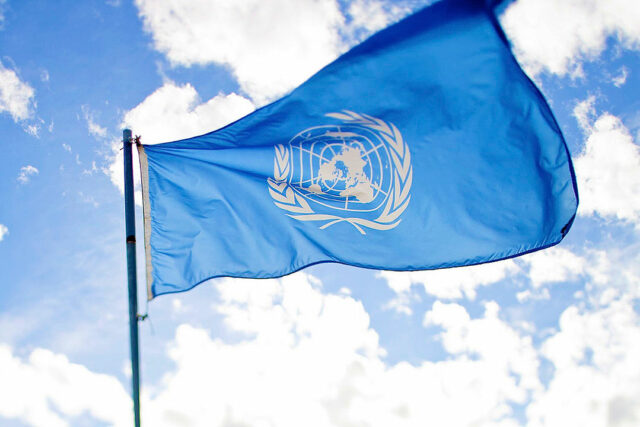

 Prime Location Advantage
Prime Location Advantage